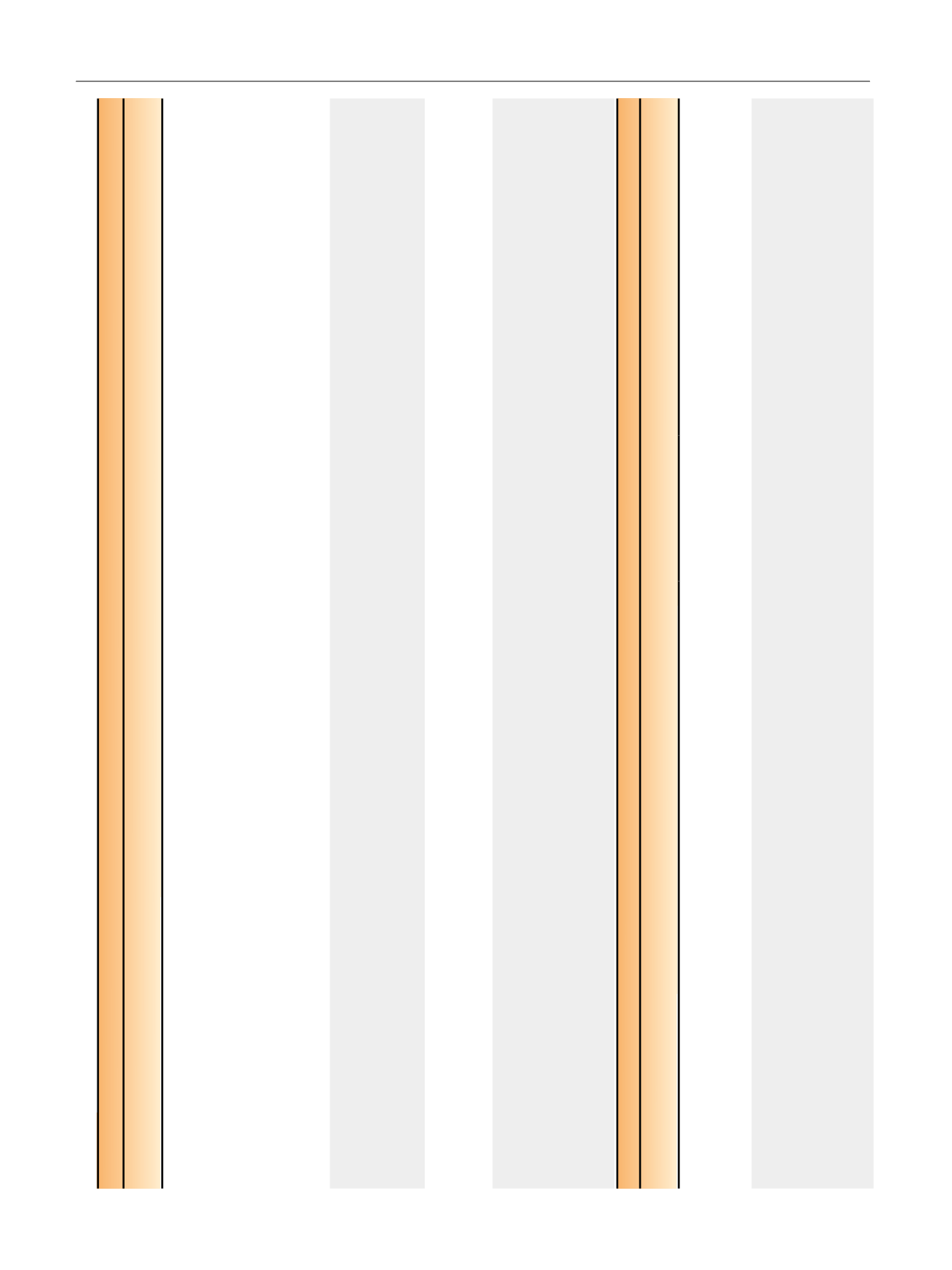

Table 6 – Contemporary studies reporting the side effects associated with postoperative radiotherapy (RT) after surgery
Prospective randomized trials
Study
Patients (
N
)
Type of RT
Follow-up
(median)
Urinary side effects
Sexual side
effects
Bowel side effects
Comments
Bolla et al
[6]EORTC 22911
1005
EBRT within 16 wk from
RP; 50 Gy in
25 fractions + 10 Gy in
5 fractions
127 mo
Grade 2 or higher genitourinary
toxicity was greater in the
immediate irradiation group at
10-yr (21.3% vs 13.5%)
NA
Grade 2 or higher GI toxicity was
similar at 10-yr (2.5% vs 1.9%)
No Grade 4 toxicity
The 10-yr cumulative
incidence of Grade 3 late
toxicity in the immediate RT
group (5.3%) was higher than
in the wait-and-see group
(2.5%)
10-yr cumulative incidence of
late adverse events: 70.8 vs
59.7% for RT vs WS
Quality of life and sexual
function not assessed
Thompson et al
[8] ;Moinpour et al
[87]
SWOG 8794
425
EBRT within 16 wk from
RP; 60–64 Gy in 30–32
fractions
152 mo
Urinary frequency more common
in the RT group within 90-d and
at 2-yr
Total urinary incontinence more
common in the aRT group (6.5 vs
2.8%)
No differences
in erectile
dysfunction rates
Significantly more tenderness
and bowel movements at 6-wk
in the adjuvant group (47 vs 5%)
RT associated with worse bowel
function within 2 yr from
treatment
No late toxicity was observed
Global health-related quality
of life initially worse for the RT
arm
At the end of study period no
differences in health-related
quality of life
Wiegel et al
[7]ARO 96–02/AUO
AP 09/95
368
3D-CRT between 6 and
12 wk after RP; 60 Gy in
30 fractions
112 vs
113 mo for
aRT vs WS
3 events of Grade 2 genitourinary
adverse effects (2%) in the aRT vs
none in WS
NA
2 Grade 2 GI side effects (1.4%) vs
none in the aRT vs WS arms
Sexual function not assessed
21.9 vs 3.7% of aRT vs WS
patients developed adverse
effects of the bladder and/or
rectum
Ghadjar et al
[16]
SAKK 09/10
344
3D-CRT or IMRT
175 vs 175 pts with
64 vs 70 Gy
3 mo
Acute Grade 2 and 3 GU toxicity
in 22 (13.0%) and 1 patient (0.6%)
with 64 Gy and 29 (16.6%) and
three patients (1.7%) with 70 Gy
(
p
= 0.2)
Patients receiving 70 Gy had a
more pronounced and clinically
relevant worsening of urinary
symptoms
Potency rate
decreased from
29–24.3% and
from 32.6–30.8%
in men treated
with 64 and 70 Gy
Acute Grade 2 and 3 GI toxicity
in 27 (16.0%) and 1 patient
(0.6%), with 64 Gy, and 27
(15.4%) and 4 patients (2.3%)
with 70 Gy (
p
= 0.8)
No difference in acute toxicity
in patients treated with 3D-
CRT or IMRT
Retrospective studies
Study
Patients (
N
)
Type of RT
Follow-up
(median)
Urinary side effects
Sexual side effects
Bowel side effects
Comments
Sia et al
[59]
171
RT administered to the
prostate pelvic area
with a median dose of
66 Gy
56 mo
The use of one or more
incontinence pads daily was
reported by 25.6% and was
similar to 23% use reported at
baseline
The proportion of patients
without erectile
dysfunction decreased
from 56.7% to 40.4% after
RT
12.7% patients had bleeding or
urgency after RT
Noncomparative study
Jereczek-Fossa
et al
[69]258 pts treated with
aRT vs 173 with sRT
3D-CRT within 6 mo
from surgery
48 mo
Higher rate of Grade 3–4 acute
urinary toxicity in the aRT group
(2.3 vs 0%)
Higher rate of late Grade 3–4
urinary toxicity in the aRT
(3.7 vs 0.6%)
5-yr likelihood of Grade 2 or
higher urinary event: 20.5 vs
10.6% for aRT and sRT
NA
No differences in acute and late
rectal toxicity
The control group does not
include patients treated with
observation alone
E U R O P E A N U R O L O G Y 7 2 ( 2 0 1 7 ) 6 8 9 – 7 0 9
702
















